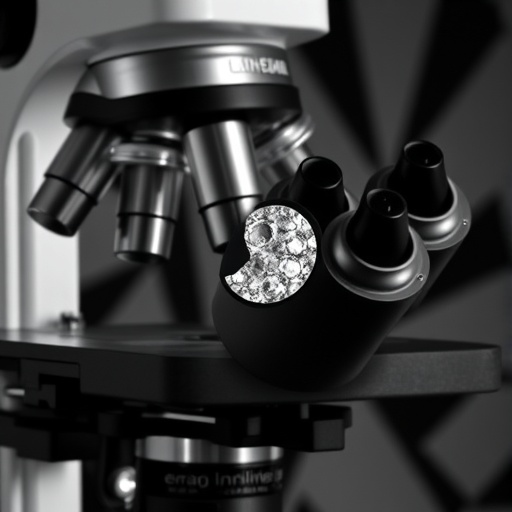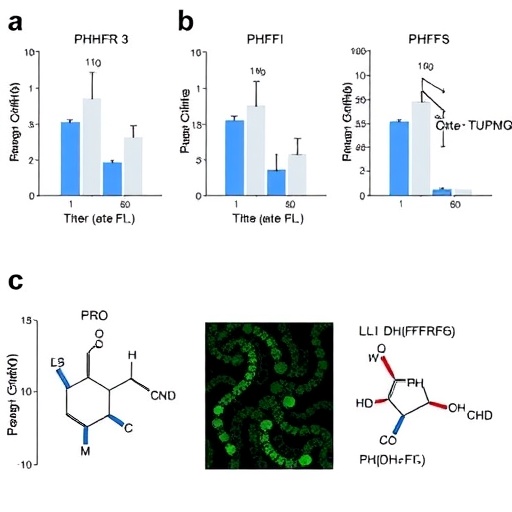Consciousness is everything people experience — from the taste of chocolate to the pain of a migraine, the disappointment of failing an exam to the thrill of holding a newborn baby. But the origin and nature of consciousness have puzzled scientists since antiquity.
A new Tel Aviv University study takes researchers a step closer to solving this mystery. The study, drawn from data collected by electrodes implanted in patients with epilepsy, identifies and measures the neural activity associated with a new conscious experience.
The research was led by Dr. Hagar Gelbard-Sagiv of TAU's Sackler School of Medicine and Sagol School of Neuroscience, and the research team included Dr. Liad Mudrik of TAU's School of Psychological Sciences and the Sagol School of Neuroscience, Michael Hill of UCLA, Prof. Christof Koch of the Allen Institute for Brain Science and Prof. Itzhak Fried of TAU's Sackler School of Medicine and UCLA. Lab work and clinical research for the study were conducted at TAU, UCLA, the Tel Aviv Sourasky Medical Center and Caltech Institute of Technology. The study was published in Nature Communications.
"Computers and robots interact with the world without being conscious. But something miraculous happens inside our brains to make us conscious and experience the world from a subjective perspective," said Dr. Gelbard-Sagiv. "Despite 30 years of neuroscientific research in this area, we still do not know which areas of the brain take part in the process.
"Our new study brings us one step closer to understanding consciousness and conscious experience at the most concrete level: the electrical activity of individual neurons."
Because the conscious experience is private and inaccessible to observers, it is mostly studied in people who are capable of reporting their subjective experiences. Moreover, researchers are often limited to indirect measures of brain activity, such as EEG and fMRI. Here, the researchers took advantage of a unique medical opportunity: the surgical implantation of electrodes in the brains of patients with epilepsy to determine the precise areas responsible for their seizures. Patients were monitored for a week or two, until enough data on their seizures had been collected. During this time, the implanted electrodes recorded the activity of individual neurons in their vicinity.
The researchers presented two different images to the patient, one to each eye, to probe the moment in which a new experience arises. For example: An image of a house was presented to the right eye and an image of a face to the left eye. In this situation, known as "binocular rivalry," the brain cannot combine the two images. Instead, the subject sees either the house or the face, and this alternates irregularly every few seconds. These alternations happened involuntarily, while the physical stimulus remained constant. This allowed researchers to isolate brain activity related to the change in perception and differentiate it from brain activity related to the physical stimulus.
The scientists discovered that the activity in frontal lobe neurons changed almost two seconds before the patient reported an alternation in perception, and that the neuronal activity in the medial temporal lobe changed one second before a report.
"Two seconds is a long time in terms of neural activity," Dr. Gelbard-Sagiv said. "We believe that the activity of these neurons not only correlates with perception, but also may take part in the process that leads to the emergence of a conscious percept."
"The study captures individual cells in the human brain just before one conscious experience is replaced by another," Prof. Fried said. "It is a unique privilege to gain such a rare glimpse into human consciousness. At the same time, we can provide clinical care aimed at alleviating severe epilepsy in our patients."
###
American Friends of Tel Aviv University supports Israel's most influential, comprehensive and sought-after center of higher learning, Tel Aviv University (TAU). TAU is recognized and celebrated internationally for creating an innovative, entrepreneurial culture on campus that generates inventions, startups and economic development in Israel. TAU is ranked ninth in the world, and first in Israel, for producing start-up founders of billion-dollar companies, an achievement that surpassed several Ivy League universities. To date, 2,500 US patents have been filed by Tel Aviv University researchers — ranking TAU #1 in Israel, #10 outside of the US and #43 in the world.
Media Contact
George Hunka
[email protected]
212-742-9070
@AFTAUnews
https://www.aftau.org/weblog-medicine–health?&storyid4704=2395&ncs4704=3
Related Journal Article
http://dx.doi.org/10.1038/s41467-018-03749-0




